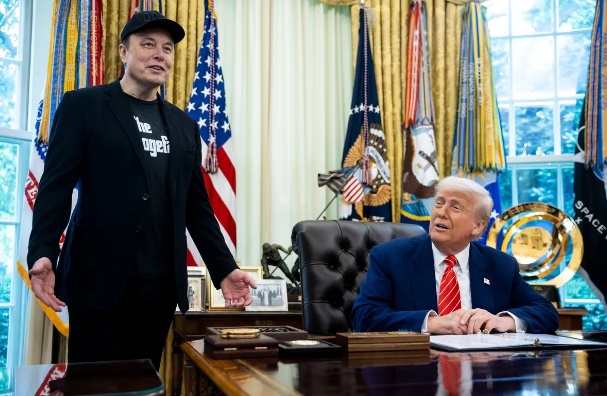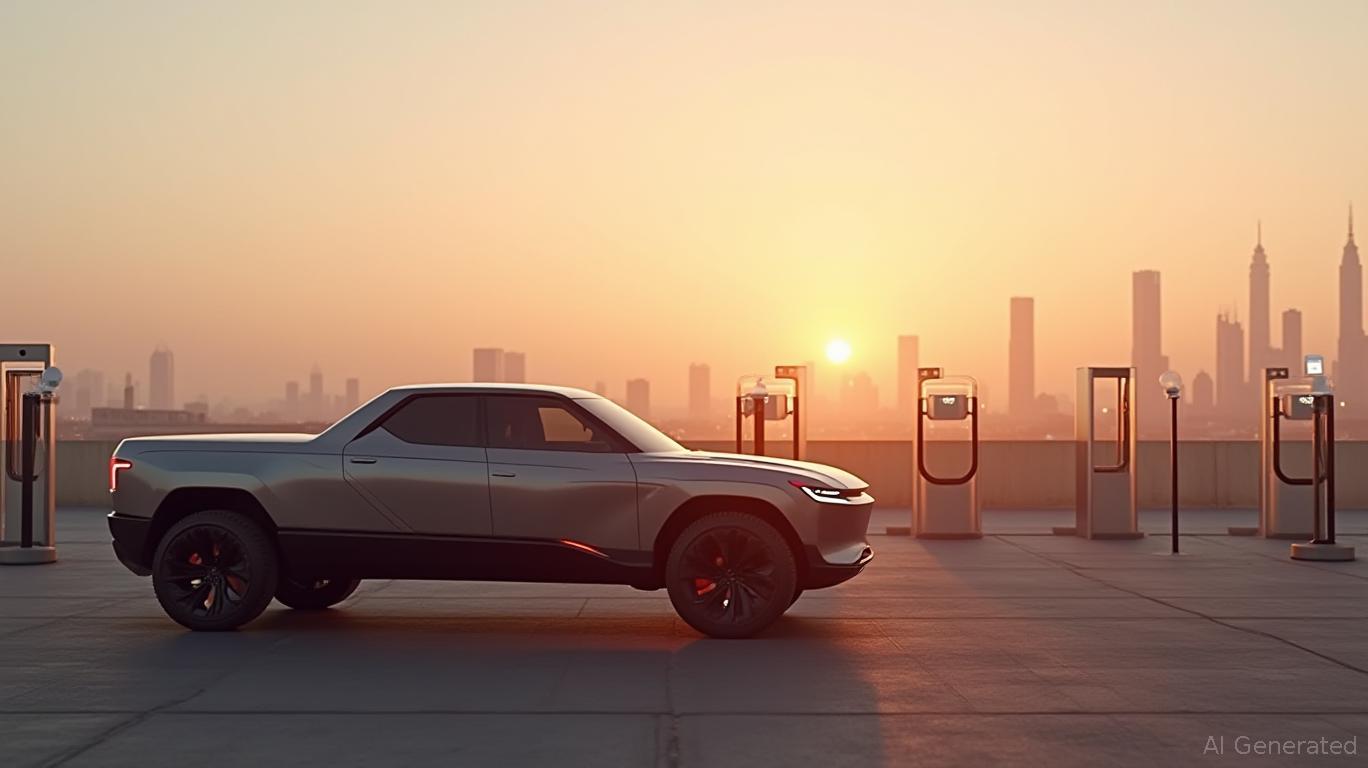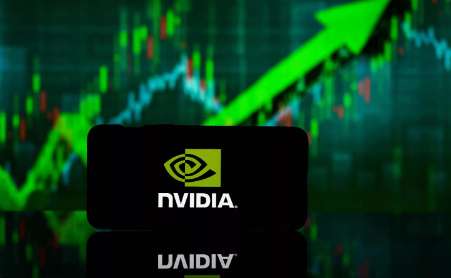Tariffs and Turbulence: How EV Makers Rivian and Lucid Are Navigating Cost Pressures
The electric vehicle (EV) industry’s golden age is facing a storm. For Rivian (NASDAQ: RIVN) and Lucid (NASDAQ: LUCD), two of the sector’s high-flying startups, soaring production costs—driven by U.S. tariffs on critical components—are testing their resilience. Let’s dissect how these companies are adapting to a rapidly shifting landscape.

The Tariff Tsunami: How Costs Are Crashing Down
The 2025 U.S. tariffs on imported EV components—25% on vehicles, 20% on rare earth metals, and 15-25% on wind turbine parts—have become a fiscal anchor for Rivian and Lucid. Rare earth metals, critical for batteries and clean energy systems, now cost up to 7% more due to tariffs, per the International Energy Agency. For Rivian, CEO RJ Scaringe admitted tariffs add “a couple thousand dollars” per vehicle, while Lucid’s interim CEO Marc Winterhoff reported an 8-15% rise in production costs.
Ask Aime: Rivian and Lucid Face Turbulence Amid Tariffs
Rivian’s Playbook: Cost-Cutting and Supply Chain Overhaul
Rivian has responded aggressively to the tariff squeeze:
- Production Cuts and Capex Hikes: Rivian trimmed its 2025 delivery forecast to 40,000–46,000 units and boosted capital expenditures to $1.8–1.9 billion, up 12% from earlier estimates.
- Battery Strategy: By stockpiling Chinese-made LFP batteries and relocating Samsung SDI’s battery production to the U.S., Rivian aims to reduce reliance on tariff-prone imports. For its upcoming R2 model (priced at $50,000), it’s partnering with LG Energy Solution to secure U.S.-based battery production.
- Local Sourcing: A $120 million investment to cluster suppliers near its Illinois plant is expected to cut costs by 10-15% for the R2.
Ask Aime: How will Rivian and Lucid navigate the rising tariffs on EV components?
Lucid’s Gambit: Saudi Arabia and Strategic Partnerships
Lucid’s path diverges:
- Cost Containment: Despite an 8-15% cost surge, Lucid maintained its 20,000-unit production target for 2025, thanks to cuts in discretionary spending and operational efficiency.
- Geopolitical Shifts: The company is exploring shifting production of its midsize EV to Saudi Arabia—a major investor—to bypass U.S. tariffs. This move, however, faces regulatory hurdles and scalability questions.
- Supply Chain Diversification: Like Rivian, Lucid is vetting non-Chinese suppliers for critical minerals but faces slower progress due to limited alternatives.
The Bigger Picture: Industrywide Headwinds
The tariff fallout isn’t isolated. Automakers like GM and Volkswagen have withdrawn financial guidance, while renewable energy adoption has slowed: solar panel prices rose 10%, and wind turbine costs jumped 15-25% (Solar Energy Industries Association). These trends pressure EV makers reliant on clean energy infrastructure.
Conclusion: A Fork in the Road for EV Startups
Rivian and Lucid are at a pivotal juncture. Their strategies—Rivian’s U.S.-centric supply chain pivot and Lucid’s Saudi gambit—highlight divergent paths to survival.
Key Data Points:
- Rivian’s R2 Model: A $50,000 price tag hinges on achieving $12,000 cost savings per vehicle through local battery production and supplier clustering.
- Lucid’s Saudi Option: If realized, it could slash production costs by $3,000–5,000 per vehicle, but risks reputational backlash over geopolitical ties.
- Industry Trends: EV battery costs remain stubbornly high, with rare earth tariffs adding $1,500–2,000 per vehicle (IEA).
Investment Takeaway: Both companies are betting big on supply chain reorganization, but execution is critical. Rivian’s aggressive U.S. investments may pay off if it can scale the R2 efficiently, while Lucid’s Saudi pivot carries geopolitical risks. For investors, the next 12–18 months will reveal which strategy delivers sustainable profitability—or whether tariffs force a consolidation in the EV sector.
The road ahead is bumpy, but the stakes couldn’t be higher for the future of electric mobility.










